The Best Neo Noir? Read and Download the 'Heat' Script PDF
Heat turns 25 this year. So grab your handguns, hockey masks, and head back to Los Angeles.
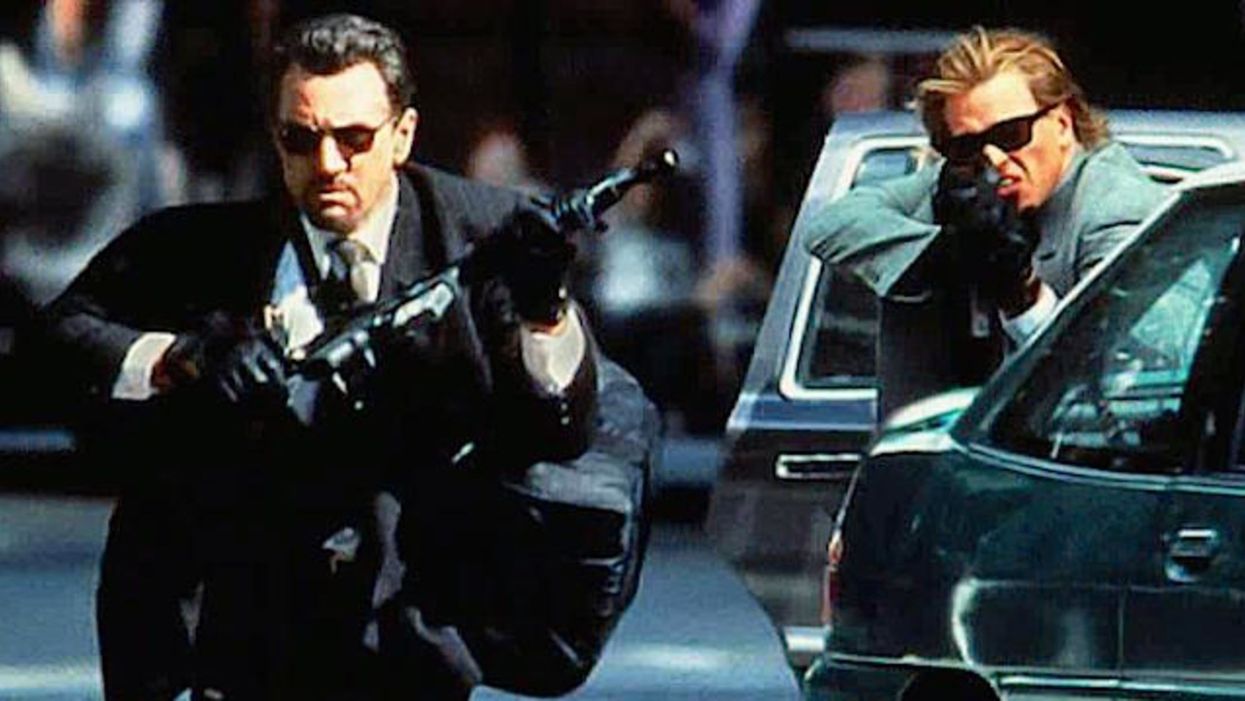
It's hard to believe, but before 1995, Robert De Niro and Al Pacino had never been on screen together. Sure, they were both in The Godfather: Part II, but they never chewed the scenery together. At that point, each was vying to be known as the best actor in the world.
That sort of ethos perfectly fit the characters they were going to portray.
Heat is a cops and robbers story that probably would have felt at home in 1970s cinema as much as it felt in 1995. It's dark and brooding, 170 minutes long, but it never feels like a pause happens.
The movie came from Michael Mann, who had stunned audiences with The Last of the Mohicans. He's an underrated director whose career is filled with movies that don't go appreciated at the time of their release. Heat is probably the most obvious of them. People remember the performances and that final gun battle, but did you know that the movie was nominated for zero Academy Awards?
None for acting. None for sound. None for the music. None for the editing.
None.
It's been 25 years since the movie graced theaters. I think about Heat a lot, and not just when I'm watching Nolan's Dark Knight. Heat is maybe the best neo-noir ever made. So I wanted to spend today looking at Michael Mann's script for the film, going over some of the best scenes, and talking about what we can glean from this masterpiece.
Let's go.
Read and download the Heat script PDF here.
What's a neo-noir film?
Neo-noir means new film noir.
Playing off the tropes of early Hollywood, these are newer crime films that cover sinister topics, have twists and turns, and put characters through the wringer. These films update the style, themes, and tropes of the earlier works and reinvent them in a modern setting.
What makes Heat the best neo-noir?
Heat is a cat-and-mouse story about an LAPD detective trying to track down a band of bank robbers. It has a timeless logline that really reinvents the way we see these characters. Instead of having good and bad guys, Heat gives us an intimate portrait of people who are trying to find their place in this world.
They are neither good nor bad, just searching for a connection and obsessing over their jobs.
Part of the joy of this movie is seeing how career cops and criminals use wit and ingenious ideas to try to outmaneuver one another.
There's a lot that goes into making a movie this good. I wish we could spend hours talking about the technical aspects that make this movie so perfect. Off the top of my head, I want to highlight the film's editing. I don't think enough is said about how this long movie really sings scene to scene. Sure, a lot is done in the direction and writing, but the editing brings it together.
According to IMDB, this movie was edited by Pasquale Buba, William Goldenberg, Dov Hoenig, and Tom Rolf. That kind of collaboration still feeling like one voice is truly special.
You could write an entire article on that fact alone, but we are trying to cover a lot of ground here. Editing is the thing you pick up upon rewatching.
Genre inside Heat
The next thing that stands out is just the genre, which Mann has opinions about.
"Though people characterize it as a crime thriller, that’s the last thing it is, at least in my mind. Its plot is driven by a crime story and a police story to a certain point, and then it breaks into a kind of chorus. In that chorus, we see slices of these different people’s lives,” Mann explained.
I definitely see this more as leaning into the genre. The chorus aspect is a way to subvert tropes. This movie winds up being about relationships. It's about how they can build you up, and how the wrong ones can take you down. That might be a little deeper and a little more of a diverse scope than most neo-noirs, but that's what makes this such an excellent piece.
It's a cops and robbers tale where people have to confront one another much earlier than the finale. It's about knowing who you're chasing and why.
The amazing acting
This is supported by the amazing acting we've already mentioned. The diner scene is the one that gets the most play, and rightfully so. We have De Niro and Pacino squaring off. Each is a man ready to kill for what he wants. And they tease seeing one another again soon, setting up the passion and motivation laid out in the end.
Every actor in this movie is amazing. People have said this is the ultimate showcase of character actors, and I have to agree. Tom Sizemore, Danny Trejo, Val Kilmer, Ashley Judd, Jon Voight, Hank Azaria, Amy Brenneman—the list goes on.
Everyone is at the top of their game. Part of this has to do with how well the characters are written.
The brilliant dialogue inside the Heat script
Every character in this story is defined by the way they relate to other people. Early on, we see De Niro sitting in a cafe reading a book. He's interrupted by Amy Brennaman's character, who wants to know what he's reading.
The exchange that they have dives right into the theme of the movie. He's a loner who refuses to believe he is lonely. The relationships he sees around him are all over the place. They destroy trust, they're something to lean on, they could end his career, or they could save him.
This juxtaposition of the way people relate to one another is done brilliantly through scene creation and Mann's ear for dialogue.
And yeah, we gotta talk about that diner scene.
The diner scene in Heat
As we alluded to in our opening, this was the first time De Niro and Pacino sat down to shoot a scene together. One of the cool facts behind the movie is how Mann set all this up. He ran three cameras simultaneously, and De Niro and Pacino didn't chat before sitting down. They wanted it all to feel like they had just met... because in real life they had.
Mann allowed Deadline to see the shooting script that he, Pacino, and De Niro worked off during the scene.

When asked about how he captured the scene, Mann told Directors Guild of America’s F.X. Feeney the following:
"We did two things: We discussed the scene. Then we did some rehearsals, but I was wary because the entire movie is a dialectic that works backward from its last moment, which is the death of the thief Neil McCauley, while the detective Vincent Hanna, who’s just taken McCauley’s life, stands with him as he passes. The ‘marriage’ of the two of them in this contrapuntal story is the coffee shop scene. Now Pacino and De Niro are two of the greatest actors on the planet, so I knew they would be completely alive to each other—each one reacting off the other’s slightest gesture, the slightest shift of weight. If De Niro’s right foot sitting in that chair slid backward by so much as an inch, or his right shoulder dropped by just a little bit, I knew Al would be reading that. They’d be scanning each other, like an MRI. Both men recognize that their next encounter will mean certain death for one of them. Gaining an edge is why they’ve chosen to meet. So we read the scene a number of times before shooting—not a lot—just looking at it on the page. I didn’t want it memorized. My goal was to get them past the unfamiliarity of it. But of course, these two already knew it impeccably."
The scene is one of the most talked-about in cinema history. It shows two forces of nature, the rock and the hard place, butting against each other and trying to impose their will. It's gut-wrenching and exciting. You're on the edge of your seat waiting for one of them to blow.
I mean, just look at this exchange...
Vincent Hanna: You know, we are sitting here, you and I, like a couple of regular fellas. You do what you do, and I do what I gotta do. And now that we've been face to face, if I'm there and I gotta put you away, I won't like it. But I tell you, if it's between you and some poor bastard whose wife you're gonna turn into a widow, brother, you are going down.
Neil McCauley: There is a flip side to that coin. What if you do got me boxed in, and I gotta put you down? Cause no matter what, you will not get in my way. We've been face to face, yeah. But I will not hesitate. Not for a second.
Writing the script for Heat took Mann around 20 years.
He told Deadline, "The heart of the story was always there, in Heat. Two men who are in opposition to each other and the activities of their life, are perfect counterpoints and contain components that are identical. They’re both self-aware, and they don’t fool themselves. They see their own self and the world they live in without any filters or blinders. So, they’re very similar and yet there's one or two components in which they’re exactly opposite. Preserving life is imperative for Hanna, and clearly it is not for McCauley. That basic dialectic, and its formal presentation in the coffee shop scene, is where the movie started with in its origin."
Action scenes of Heat
While the Academy Awards ignored Heat, the rest of Hollywood and the world took notice.
We've covered how Nolan watched this and used lots of the ethos in The Dark Knight, but it also felt like gun battles after this movie changed throughout cinema.
The sound design is key here. Every shot reverberates out of your speakers, and the cacophony of bullets drowns out everything else. You can see this influence throughout heist films, like in The Town and even within something like Den of Thieves, which also shot unseen parts of Los Angeles.
How did this shootout look so real? Well, the actors were given weapons training so they could perform like an elite military squad. Mann researched their movement and ideas. Tom Sizemore actually spent time with real bank robbers, and they showed him how to case a joint, so he could get in the mindset.
You can watch Mann's director commentary on the shootout scene below.
Heat has the perfect title
Last but not least, I think we should talk about how Heat has the perfect title. Early on in the movie, when De Niro realizes the LAPD is onto them he says "Where the fuck did this heat come from?"
It's one of the only times in cinema I can remember the title of a movie is a throwaway line of dialogue delivered without a wink and a smile. I know people will think I'm looking too much into this, but Heat is the perfect tile. It describes the mood of the film, the problem the characters face, and the general theme.
The more heat you have, the more trouble you're in. As the pot boils, the drama unfolds.
That's what makes this movie special for me, and I think for other appreciators as well. It has an amazing script and the rest of the talent within it to succeed. The movie stands tall, even at 25 years old.
If this inspires you to write your own script, so be it. But remember that this was not just a triumph on the page, but through every phase of filmmaking. For that reason, I think Heat stands the test of time and deserves the crown of being the best neo-noir ever made.
Let us know what you think in the comments.
What's next? Get our free screenwriting eBook!
So much of what we're talking about on No Film School when it comes to screenwriting is summarized in our new eBook. It also helps guide you through a 10-week writing plan that will get your script actually finished.
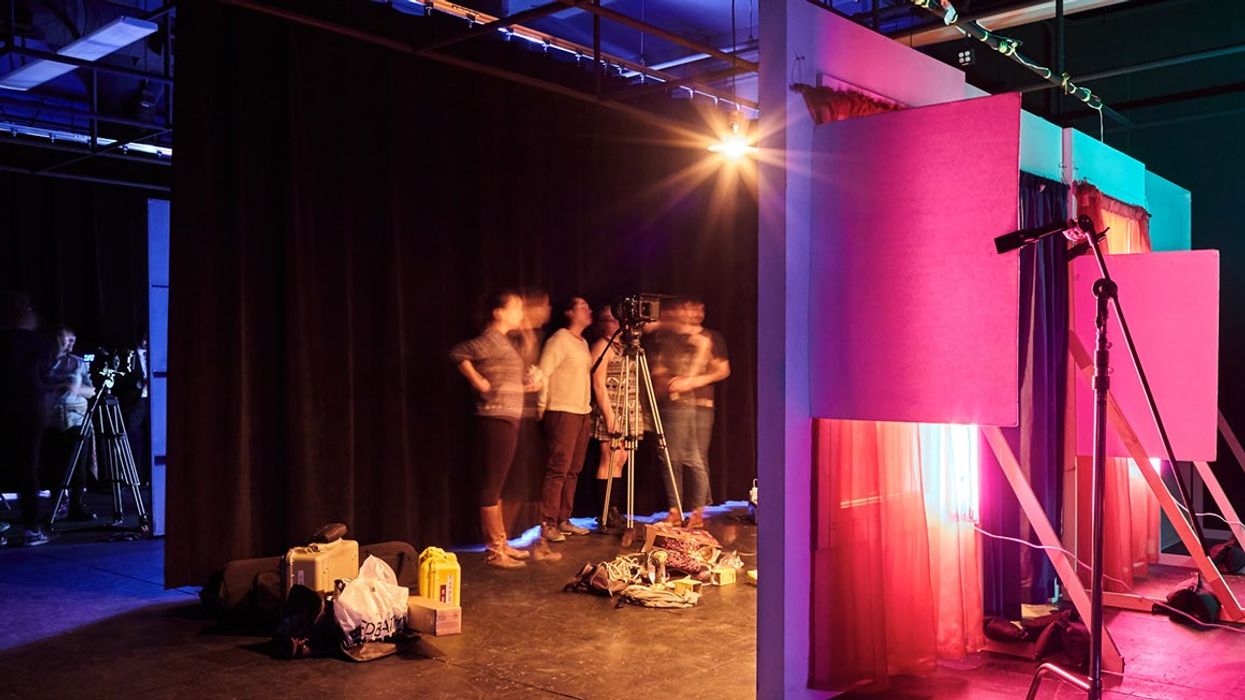
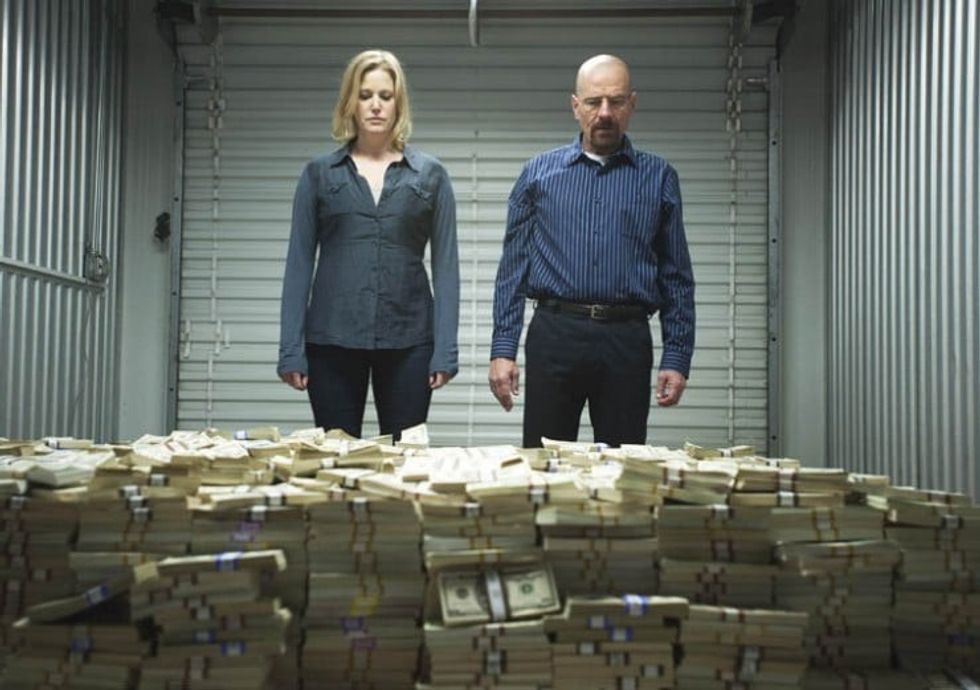
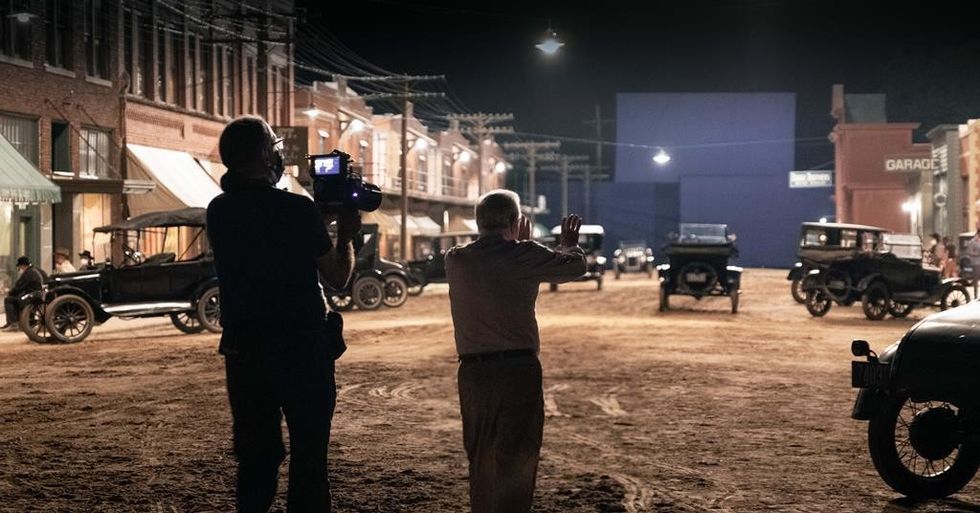 Go Behind the Scenes of the Filming of 'Killers of the Flower Moon'
Go Behind the Scenes of the Filming of 'Killers of the Flower Moon'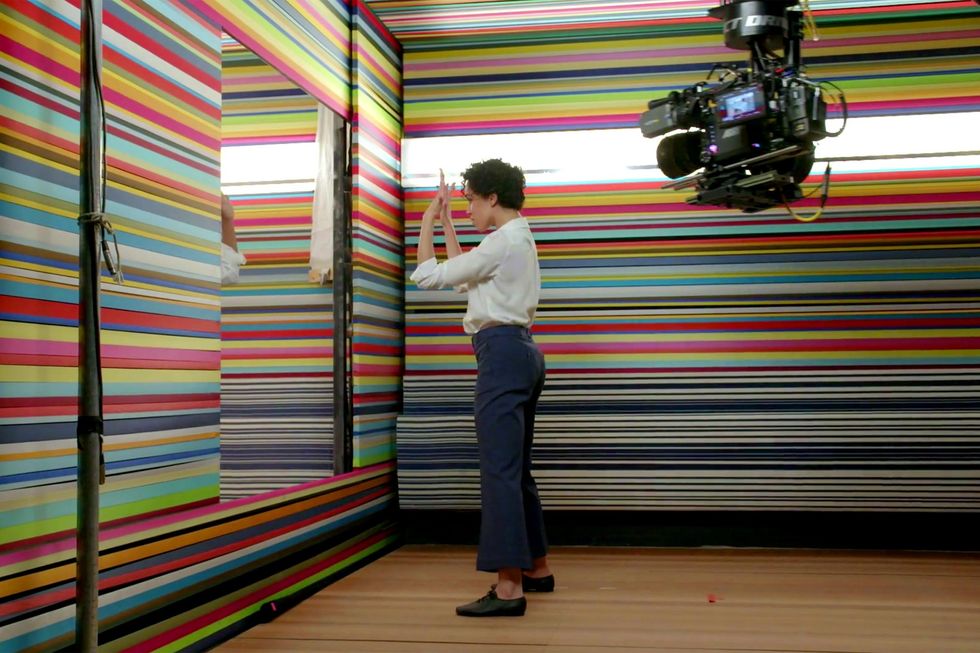 BTS of Spike Jonze's Apple Ad Apple
BTS of Spike Jonze's Apple Ad Apple









